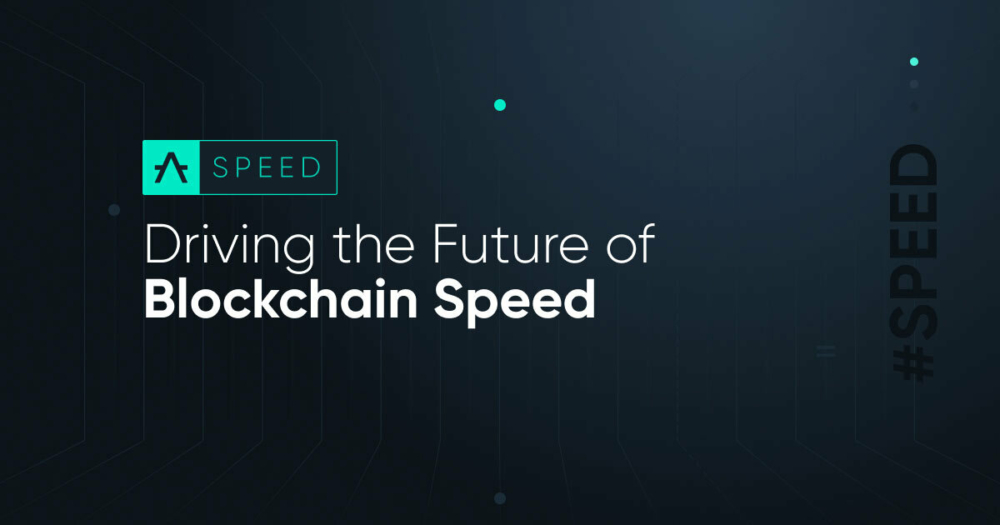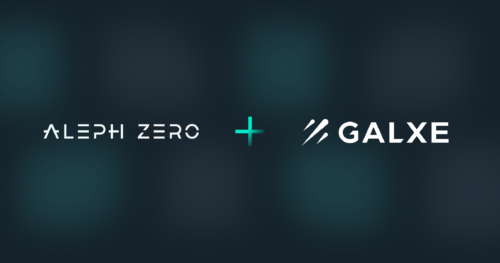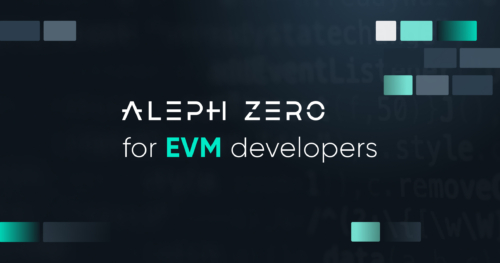DAGs Are Driving the Future of Blockchain Speed
Jan 22, 2024

As we’ve seen, the quest for the fastest blockchain is currently being won by an array of new approaches to scalability. This race is going on because blockchain speed is becoming more and more important to the viability of end-user applications in web3.
We also saw that the speed of a main chain is still best improved by using novel consensus algorithms to maintain data composability. In the case of Aleph Zero, the use of a directed acyclic graph (DAG) combined with typical Proof of Stake blockchain structure is able to provide subsecond transaction finality. This is known as the AlephBFT consensus protocol.
Let’s look at why this approach is driving the future of blockchain speed.
What is a Directed Acyclic Graph?
The first thing to understand about AlephBFT is what its most unique component means for the network. Proof of Stake is not necessarily new, but its use in combination with a DAG is.
A directed acyclic graph, or DAG, is basically a data structure that serves the purpose of a blockchain protocol really well thanks to its efficiency in ordering transactions. It consists of nodes connected by directed edges, where the edges have a specific direction, and no cycles are allowed. In simpler terms, it’s a graph that has a one-way flow and doesn’t contain any loops.
DAGs are so efficient at ordering transactions that they’re commonly used for applications such as:
- Task scheduling: DAGs are commonly used in scheduling tasks, where nodes represent tasks and directed edges represent dependencies between tasks.
- Version control systems: DAGs are used in version control systems like Git to represent the commit history and branching structure.
- Data flow: DAGs are used in data flow systems, where nodes represent computations, and edges represent data dependencies.
Why is a DAG perfect for blockchain scalability
DAGs allow for the exploration of alternative consensus models beyond Proof-of-Work or Proof-of-Stake, potentially leading to more novel and efficient ways of achieving agreement among network participants. They can also provide tangible improvements in the form of:
- Speed and parallel processing: With the use of DAGs, transactions can be processed concurrently, allowing for parallelization of transaction validation. This can significantly increase the throughput of the blockchain, making it more scalable than traditional linear blockchains.
- Low transaction fees: In some DAG-based blockchains, transactions confirm other transactions directly, rather than relying on miners to include them in blocks. This can lead to faster confirmation times and lower transaction fees, but can also lead to more centralized networks.
- Network adaptability: DAGs can be more adaptive to changes in network size and transaction volume. As the number of users and transactions increases, the network’s capacity can scale more efficiently.
- Energy efficiency: Since DAG-based blockchains may not rely on resource-intensive mining processes, they can be more energy-efficient compared to traditional Proof-of-Work blockchains.
AlephBFT’s use of a DAG
This use of a DAG is key to allowing for subsecond finality in the Aleph Zero ecosystem. In the context of AlephBFT, a DAG comes in handy as an auxiliary mechanism that collects the order of transactions in parallel to the main Proof of Stake process. The chain itself is then constructed based on the information collected by the DAG.
To make the long story short, Aleph Zero uses DAG as an intermediary structure. It is not a DAG-based blockchain and remains decentralized, with transactions eventually put in blocks as on other blockchains. The benefit lies in highly scalable transaction finality, maintaining instant finalization even at high load, while security and decentralization of the blockchain are still high.
Join the Aleph Zero community and tune in to the Aleph Zero podcast to go in-depth and learn more about blockchain speed and scalability.


